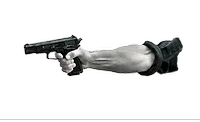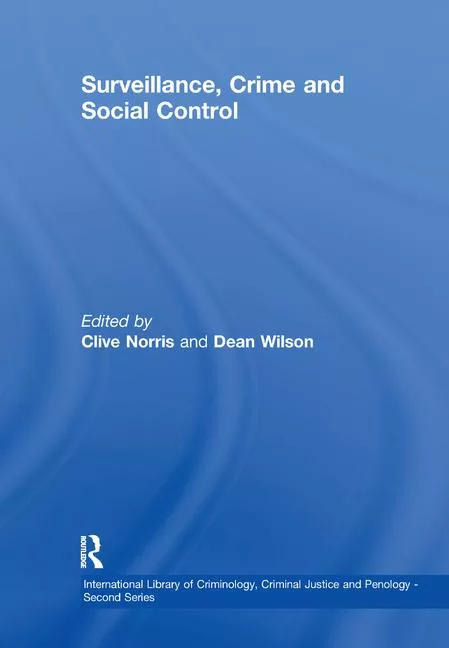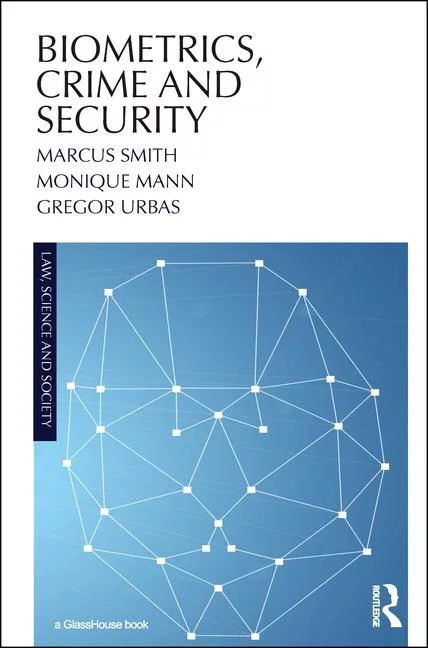Crime Study Challenges Mass Shooting Myths
Mass shootings have remained stagnant over 34 years, averaging 20 a year and are not fueld by media attention, says a crime study.
According to James Alan Fox, author and criminology professor at Northeastern University, "Public discourse is grounded in myth and misunderstanding about the nature of the offense and those who perpetrate it,” he writes in the journal Homicide Studies. He said, "Without minimizing the pain and suffering of the hundreds of those who have been victimized in recent attacks, the facts clearly say that there has been no increase in mass shootings and certainly no epidemic.”
The study debunks several proposals after the December 2012 Sandy Hook Elementary School shooting aimed at stopping mass killings. While he said any plan is worth trying, he concluded that short of abolishing the Second Amendment, there is little that can be done.
“Mass murder just may be a price we pay for living in a society where personal freedom is so highly valued,” he wrote in the study.
In the study, he addressed several myths of mass murders that he says are fostered by the media:
- Mass shootings are on the rise. He used FBI statistics and found they have long averaged in the 20s per year, rarely going over 25.
- Video games play a role. The study found no link between video games and expanded violence, and blamed the media and lawmakers for using the entertainment industry as a “convenient scapegoat.”
- Profiling will help catch killers before they act. The study found that most are white and about 30 years old, characteristics that “are fairly prevalent in the general society.”
- Expanded background checks will stop killers from getting guns. The study says that in 93 recent mass shootings, the gun buyers didn’t have a criminal or mental health record. “People cannot be denied their Second Amendment rights just because they look strange or act in an odd manner,” wrote Fox.
- An assault weapons ban would work. The study found that the typical weapon used is a pistol, not an “assault weapon” like the semi-automatic AR-15 rifle. Assault weapons were used in 24.6 percent of mass shootings, handguns in 47.9 percent. And limiting the size of magazines weapons can carry wouldn’t help, the report said, because any ban would impact new sales and “there is an ample supply of large capacity magazines already in circulation.”
Looking for a reprint of this article?
From high-res PDFs to custom plaques, order your copy today!






